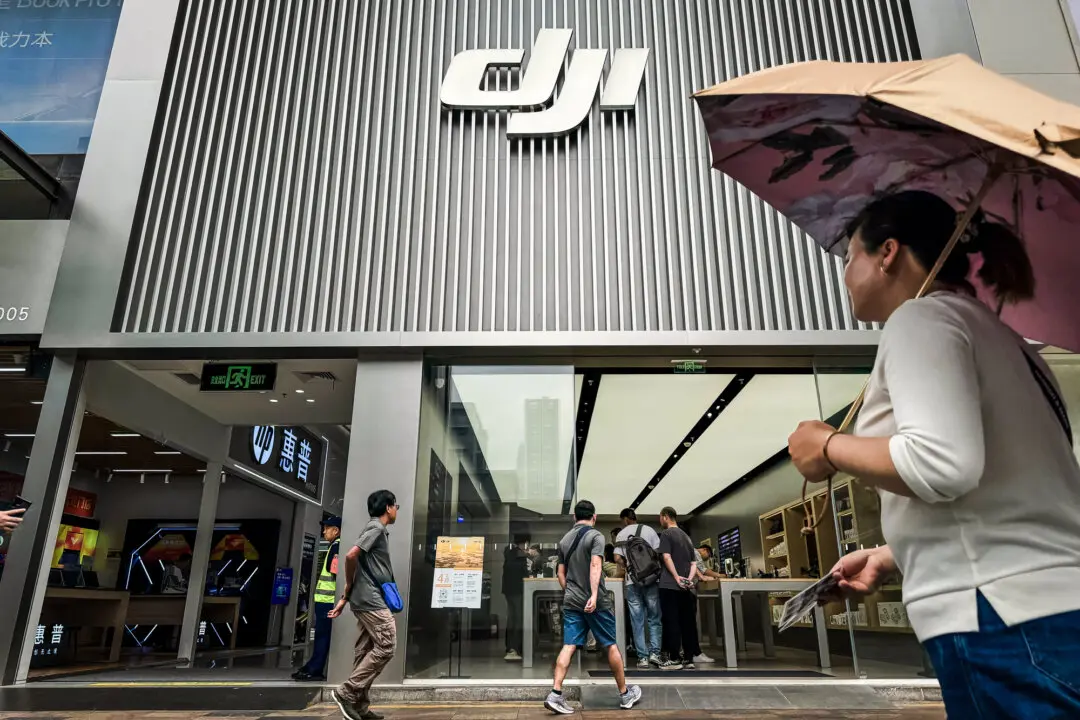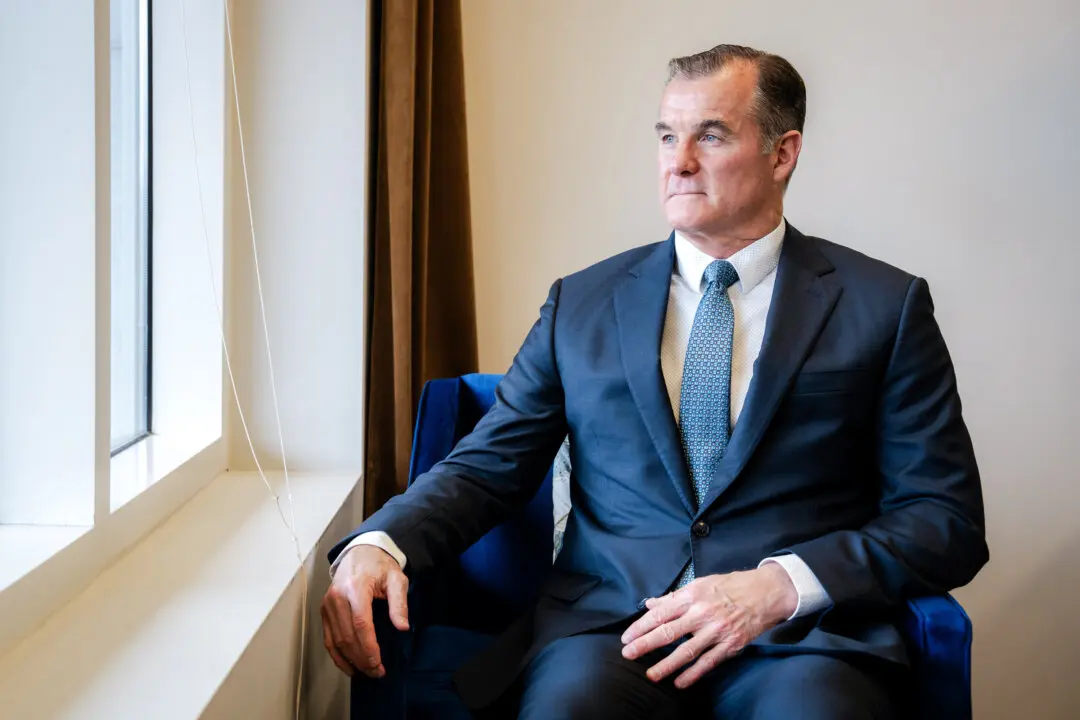Development in San Francisco won’t be slowing down anytime soon, with the pent-up demand for housing. The South of Market (SOMA) area is in demand from buyers, but on the developer side, the land is really all planned out.
“I am now concentrating on the Civic Center area, because I believe that is the next area that is going to become a marvelous neighborhood,” said Oz Erickson, president of Emerald Fund. Along with 100 Van Ness, which will be 399 units, Erickson says that Emerald Fund has projects to begin in January and the following year totaling 1,000 units in the Civic Center area to come within the next four to five years.
“I think the Civic Center area has all of the great public facilities. It has the San Francisco Opera, it has the San Francisco Symphony, it has the Asian Art Museum, it has City Hall, it has the library, it has all these marvelous facilities; the jazz center, the ballet,” Erickson said. “But it doesn’t have people, and it doesn’t have restaurants.”
In addition to Emerald Funds’ projects in the area, Crescent Heights’ NEMA apartment complex adds over 700 units, and these developments will populate the city into the “next transformative neighborhood,” Erickson said. “It will become an incredible neighborhood.”
As a developer, where the City goes, Erickson follows.
“You have to build in an area where there will be appropriate growth, where there’s a good chance that there will be growth that exceeds the growth of other areas,” Erickson said. “For example, I personally wouldn’t do a project in Pacific Heights, simply because it’s built out. It’s going to be extraordinarily expensive to do it, and it wouldn’t increase more than the current market.”
“It usually happens with a rezoning,” Erickson said.
In a seven-by-seven city, space has always been an issue, and even more of a consideration with height limits. Eventually certain areas will be built out.
“We do have a constrained geography, we only have 47 square miles and many of the neighborhoods won’t allow high density,” Erickson said. “There has been increasing push-back on high density even in those neighborhoods.”
Rincon Hill, for instance, was an approved neighborhood plan, and once those buildings are in place, it’s built out, Erickson said. “There are serious restrictions that can be between towers here.”
“If you lived in a tower that was built according to a plan, you wouldn’t want, across where you thought there was going to be a 60-foot building, to have them change the rules and have them put up a 400-foot building, would you?”
Due to the economy in the recent past years, development had stagnated, resulting in a large shortage of housing. Erickson says he expects the city to comfortably absorb around 4,000 units a year for the next four or five years.
“That should help meet the pent-up demand and should meet future demand,” Erickson said.
“The reason [the market] is strong is that there are so many new jobs, and they’re largely the technology jobs. In the last 18 months there have probably been 40,000 jobs,” Erickson said. “The new jobs feed construction, which then in turn feeds the construction jobs, and there probably have been in total 10,000 new construction jobs … so it’s a virtuous cycle.”
It’s very unlikely that job growth will continue at that level, and if it does, housing will continue to see a shortage as well.
“But if you have 10,000 jobs, then you can basically sustain a growth of 3,000 to 4,000 units every year indefinitely,” Erickson said. “In San Francisco, I think you will eventually have locations that will accommodate 60,000 to 70,000 units of new housing. There are already approved projects totaling around 20,000 … but I don’t think that San Francisco will ever get much bigger than 1.2 million people or so.”
“San Francisco is in very good shape, its infrastructure is in very good shape,” Erickson said.
Erickson has been working in real estate in San Francisco since 1978 and has built over 2,500 units just in San Francisco over the years. He notes that the types of units he’s built to accommodate the “San Francisco lifestyle” have continually changed.
“The population of the city is increasingly people in their 20s, early 30s, that are looking to share an apartment with a friend or a significant other,” Erickson said. “They don’t want large four- to five-unit apartments. They’re not family-oriented people that are moving here. They’re young and they’re mobile and they want to keep moving.”
“When we built buildings in earlier days, we didn’t provide gyms, we didn’t provide washers, dryers. We provided a room for washing machines,” Erickson said. “Now, you wouldn’t dream of building a new building without a beautiful gym, and you wouldn’t dream of building a unit without nice finishes and washer/dryers in the unit.”
“You also provide more amenities. You provide more hot tubs and decks and gas burners, places to grill food. There are more amenities because people want to enjoy where they’re living,” Erickson said.





